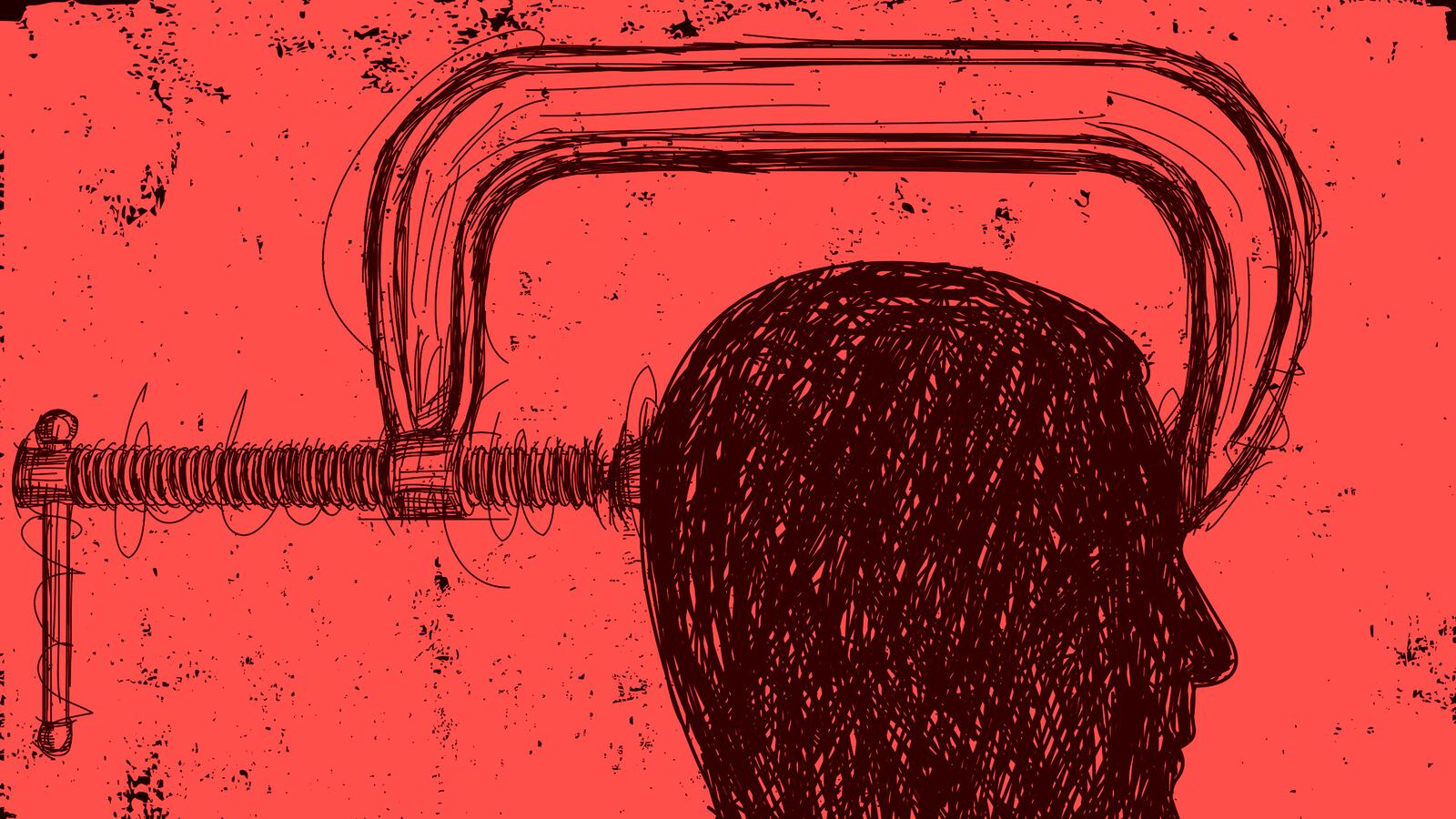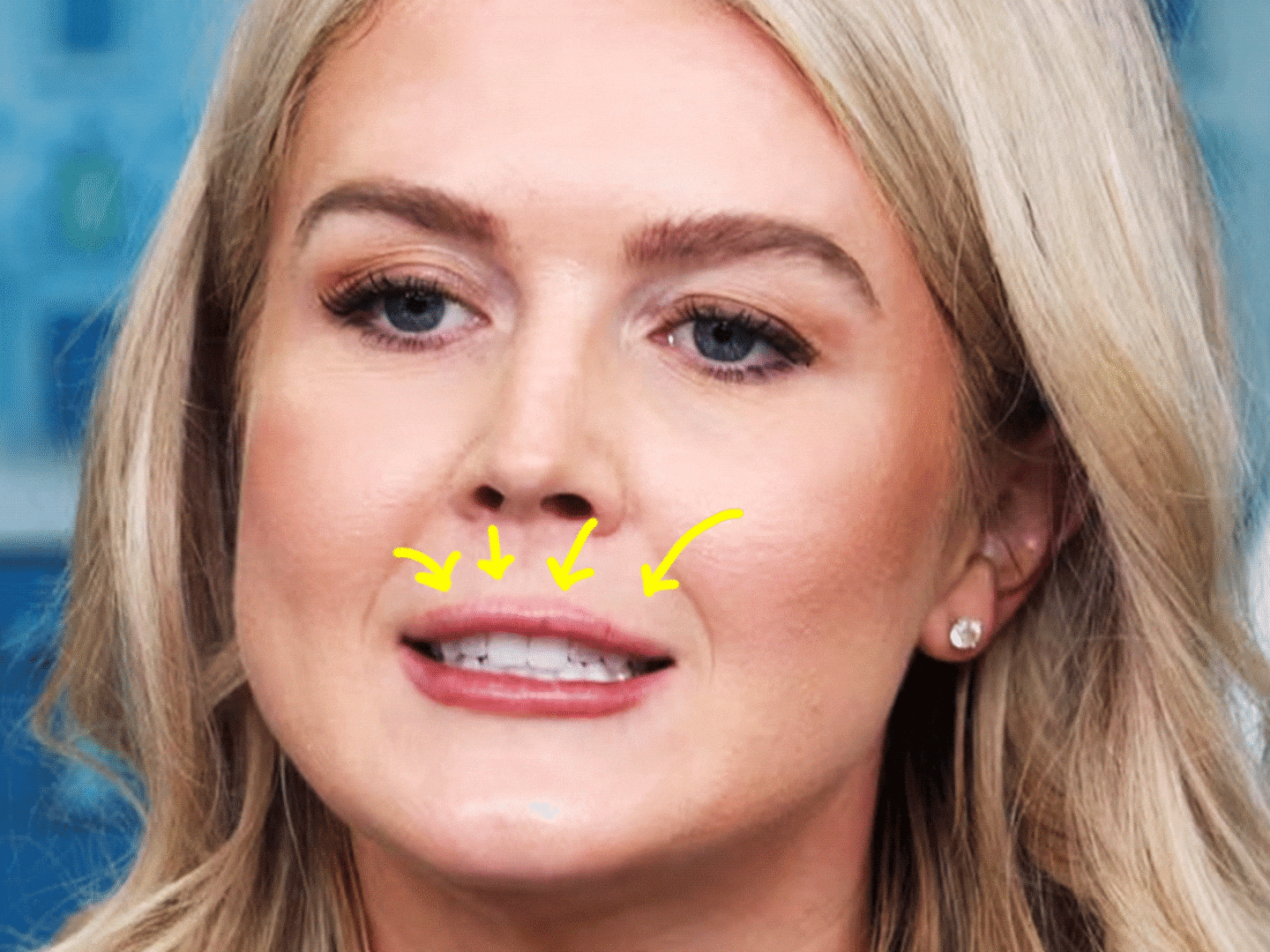By the World Health Organization’s tally, nearly 47 percent of all adults experienced a headache at least once within the last year. Nearly 77 percent of all Americans will suffer a headache at some point during their lifetime. When should you be worried? June marks National Headache Awareness month, so let’s talk a little bit about what all this really means.
Headache—or cephalalgia, in medical jargon—is an expansive term that covers primary headaches, such as migraines, where the pain in your head or neck is the central problem; it also covers secondary headaches, which result from a separate medical problem, such as a ruptured brain aneurysm. Roughly 90 percent of primary headaches fall into three categories: tension, migraine, and cluster. Though these groups have unique characteristics, the symptoms can often be very similar.
The most common form of primary headache is an episodic tension-type headache. These headaches generally involve non-pulsatile (throbbing) pain with no other symptoms, and last anywhere from 30 minutes to several hours. A small fraction of people (around 3 percent) experience chronic tension headaches. You may feel pain on both sides of your head that spreads until you feel a continuous band of dull or squeezing pain. While these headaches are associated with stress, depression, and abnormal posture, among other factors, the precise mechanism is unknown.
In 2007, researchers estimated that more than 33 million Americans suffered from migraines—with women affected nearly three times more than men. Current estimates maintain that nearly 1 in 10 Americans suffers from migraines. Whether you’re a basketball superstar like Kareem Abdul Jabbar, a world famous singers like Janet Jackson, or a star of Friends like Lisa Kudrow, migraines can cause significant suffering.
Some people experience migraines with an aura. An aura is a warning symptom, or set of symptoms, that precedes an oncoming migraine. Many people time their medication usage or implement behavioral changes as soon as they experience their specific aura. Generally, an aura lasts no more than a few minutes and is followed by a migraine within an hour. The most common aura is visual, involving light sensitivity or blurred vision. Other auras include neck stiffness, lack of focus, and nausea.
Migraines are painful and often debilitating. These headaches can involve severe pulsing pain and occur with other symptoms like vision changes, sensitivity to sound or light, or nausea. Migraines have more triggers than cluster or tension headaches, and although triggers are different for everyone, common ones include emotional stress, hormonal fluctuation in women (Serena Williams continues to battle menstrual migraines), and hunger. To tell a migraine from a tension-type headache, remember POUND. It stands for Pulsatile quality, 4-72 hOurs in length, Unilateral location, Nausea or vomiting, and Disabling intensity. If four or five of these factors are present, a migraine is much more likely. If three factors are observed, a migraine is still likely. However, if only two are observed, a tension-type headache becomes the most probable culprit.
The cause of migraines is not fully understood. One early theory focused on blood vessels in and around the brain. This theory proposed that narrowing of vessels inside the brain led to the aura in migraines and the headache itself resulted from reflexive expansion of vessels around the outside of the brain, activating pain receptors and resulting in a headache. But brain imaging studies discredited this and made way for the current hypothesis—a problem with the neurons themselves in the brain. Some researchers believe that waves of nerve activation, known as cortical spreading depression, and specific molecules, serotonin and calcitonin gene-related peptide (CGRP), set in motion a number of changes in the brain, potentially leading to a headache.
The third-most common type of primary headache, cluster headaches, has a prevalence of <1 percent. In contrast to migraines, these are almost three times more common in men than in women. If you have a cluster headache, you will experience sharp, intense pain multiple times throughout the day, lasting for less than an hour each time. Cluster headaches are associated with over activation of two specific parts of the nervous system: the trigeminal nerve and the hypothalamus. However, the exact cause of cluster headaches is also unclear.
While primary headaches are almost always benign (not dangerous), secondary headaches can be benign or a sign of something more ominous. Benign secondary headaches include headaches associated with the cold, flu, or sinus infections. It is also possible to develop anxiety and addiction-related headaches. (For all of you that suffer from headaches after missing your daily cup of coffee, this is your type of headache.)
One important type of secondary headache is the medication overuse headache. If you suffer from headaches and take painkillers too often or in excessive amounts, your headaches can actually worsen. Don’t just load up on medications for a chronic headache; seek medical advice for a more clear diagnosis and treatment plan. There are a lot of options, and many of them don’t involve aggressive medical therapeutics.
Pathologic secondary headaches are more serious and likely require brain imaging to determine the main cause of the pain. Causes of secondary headaches include meningitis, subarachnoid hemorrhage (known to cause a characteristic “thunderclap” headache), ruptured brain aneurysm, brain tumors, and number of other serious conditions.
Knowing how to prevent and treat a headache is critical. For tension-type headaches, lifestyle modifications are often the first method to be tried. These include techniques to reduce stress such as biofeedback training, which helps control your body’s pain responses, cognitive behavioral therapy, which involves discussion to identify and mediate stressors, along with other relaxation techniques like yoga and meditation. Healthy living, including getting enough sleep, exercising, not smoking, and limiting alcohol, caffeine, and sugar are important in preventing these headaches.
Preventive medications include specific antidepressants. Treatment for tension-type headaches includes simple over-the-counter pain relievers, though more severe headaches may call for prescription drugs and multimodality therapies. It is important to keep in mind that overuse of everyday pain relievers can lead to medication overuse headaches, so physicians recommend you seek medical advice if you find yourself needing a lot of these.
Keep a migraine diary. This is tremendously helpful to your doctor or therapist in identifying potential triggers and exacerbating factors. Migraines can be improved with lifestyle modifications, but most people also require some form of medication. Migraine drugs fall into two categories: preventive and abortive. Preventive drugs, including specific antihypertensive, antidepressant, and anticonvulsant (anti-seizure) drugs, are recommended if migraines occur frequently, are long lasting, or are particularly disabling. Abortive treatment for migraines spans a range of options, depending on the severity of the headache. For milder migraines, painkillers like acetaminophen are appropriate, but more severe migraines call for stronger, more specific drugs, such as triptans. Triptans have also proven effective in treatment of cluster headaches, as has inhaled oxygen.
Headaches are common and multifactorial, and different types require different treatments. And finally, pain medications are not helpful for all headaches; thus, it takes a multidisciplinary approach to treatment: medications, behavioral changes, diet and exercise to most effectively deal with headaches. Stay healthy, stay happy, and you may stay out of pain.






